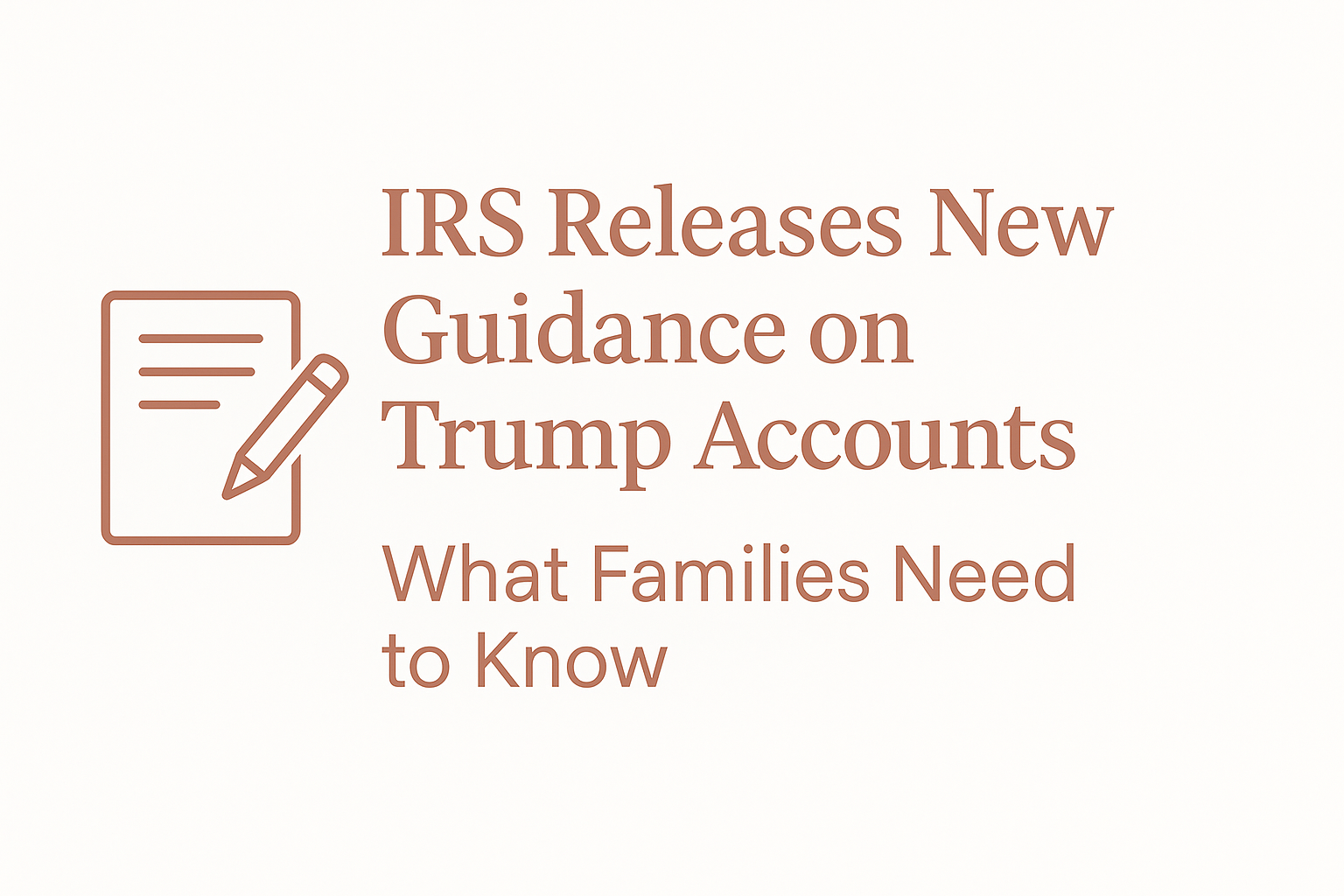As we step into the 2024 tax year, keeping up with the latest updates to tax brackets can really help you plan better for your financial future. Every year, the IRS tweaks tax brackets to keep up with inflation, which affects how much federal income tax you and your family might need to pay. Here’s a simple rundown of the changes and what they mean for you in 2024.
What Are Tax Brackets?
Tax brackets determine the percentage of income you owe in federal taxes. The U.S. operates on a progressive tax system, meaning higher income levels are taxed at higher rates. However, only the income within each bracket is taxed at its corresponding rate—not your entire income.
For example, if you're a single filer earning $50,000 annually, part of your income will fall into lower brackets, and only the income exceeding those thresholds will be taxed at the higher rate.
Key 2024 filing season dates.
January 16: Due date for 2023 fourth quarter estimated tax payments.
January 29: Filing season start date for individual tax returns.
February 17: (PATH) Act, expected lift date.
April 15: Due date of filing a tax return or to request an extension for most of the nation.
2024 Federal Income Tax Brackets
The IRS has adjusted the income thresholds for each bracket to reflect inflation. Below are the new brackets for 2024:
Single Filers
- 10%: Up to $11,000
- 12%: $11,001 to $44,725
- 22%: $44,726 to $95,375
- 24%: $95,376 to $182,100
- 32%: $182,101 to $231,250
- 35%: $231,251 to $578,125
- 37%: Over $578,125
Married Filing Jointly
- 10%: Up to $22,000
- 12%: $22,001 to $89,450
- 22%: $89,451 to $190,750
- 24%: $190,751 to $364,200
- 32%: $364,201 to $462,500
- 35%: $462,501 to $693,750
- 37%: Over $693,750
Head of Household
- 10%: Up to $15,700
- 12%: $15,701 to $59,850
- 22%: $59,851 to $95,350
- 24%: $95,351 to $182,100
- 32%: $182,101 to $231,250
- 35%: $231,251 to $578,100
- 37%: Over $578,100
Key Changes for 2024
- Inflation Adjustments
The IRS increased the income thresholds across all brackets by roughly 5.4% compared to 2023 to account for inflation. These adjustments aim to prevent "bracket creep," where inflation pushes taxpayers into higher brackets without an actual increase in purchasing power. - Standard Deduction Increases
The standard deduction has also risen for 2024:
- Single Filers: $14,600 (up from $13,850 in 2023)
- Married Filing Jointly: $29,200 (up from $27,700 in 2023)
- Head of Household: $21,900 (up from $20,800 in 2023)
These increases further reduce taxable income, which may offset some of the tax burden for middle- and lower-income earners.
- Earned Income Tax Credit (EITC)
The maximum EITC has increased slightly, benefiting low-to-moderate-income workers and families.
How These Changes Affect You
- Middle-Income Taxpayers: The adjusted brackets may mean you’ll owe slightly less in federal taxes, depending on your income.
- High-Income Earners: While the 37% top tax rate remains unchanged, the threshold to reach it is higher, which may reduce your tax liability.
- Tax Planning Opportunities: Adjustments to brackets and deductions present an opportunity to optimize tax strategies like contributing to retirement accounts or utilizing tax credits.
Tips for Navigating the 2024 Tax Year
- Update Your Withholding
Use the IRS Tax Withholding Estimator to ensure the right amount is withheld from your paycheck based on the new brackets. - Maximize Tax-Advantaged Accounts
Take advantage of retirement accounts (like 401(k)s and IRAs) or health savings accounts (HSAs) to reduce taxable income. - Seek Professional Guidance
Tax laws can be complex, and personalized advice is invaluable. A tax professional can help you identify deductions, credits, and strategies tailored to your situation.
Final Thoughts
The 2024 tax bracket changes offer some relief from inflation and create opportunities for better tax planning. Whether you're an individual taxpayer or a small business owner, understanding how these changes affect your financial situation is essential.
At My Business Alternatives, we’re here to help with all your tax preparation and consulting needs. Contact us today to discuss how we can assist you in navigating the 2024 tax season with confidence






